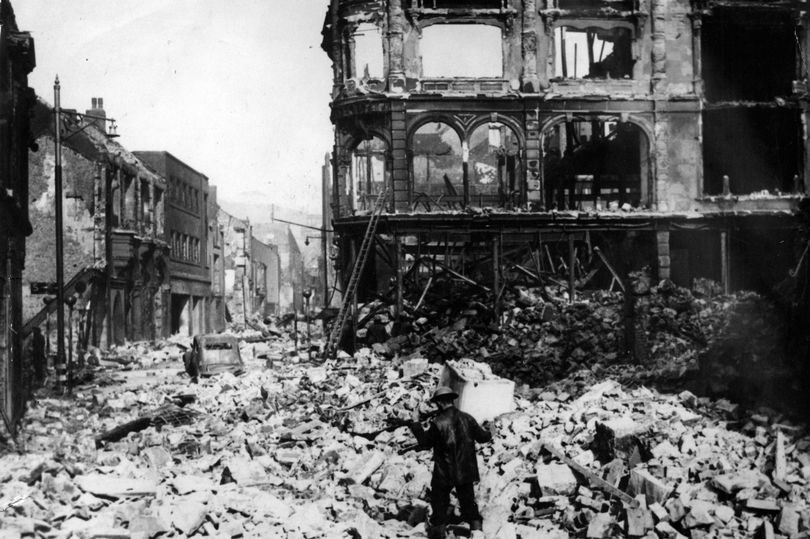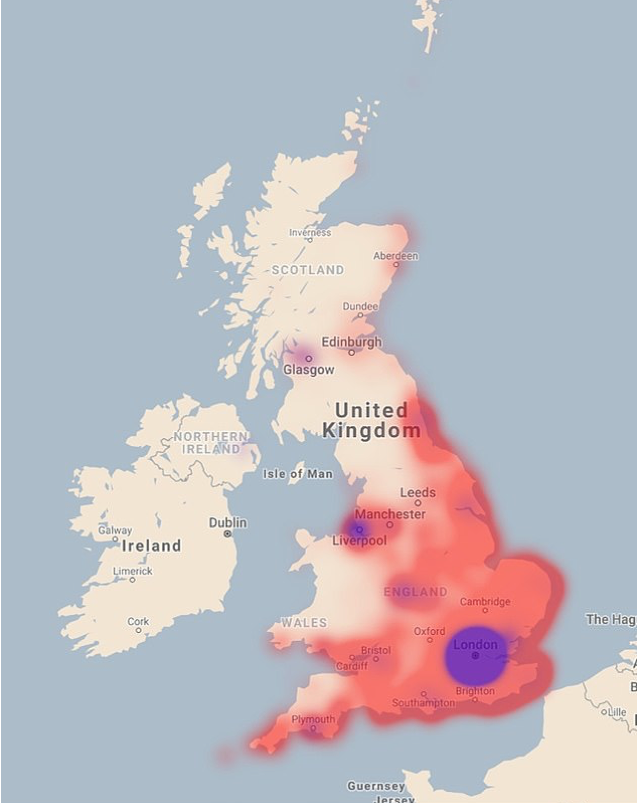Final year Media student Cecily Edwards explains how Swansea suffered catastrophic damage during WWII…
The sight of a city torn apart by war is sadly all too familiar, but its effects extend much further than just bricks and mortar, as Swansea found in 1941. The art of destroying cities was perfected in the 20th century, where two world wars brought previously imagined destruction and disarray. In 1941, a war was waged from the skies against many of Britain’s industrial powerhouses. It was to be known as Blitzkrieg; a ‘lightning war’ when the home front become the battle front.
Despite the devastation, Britain became adept at re-building and returned cities to their former glories. Some cities, though, never quite recovered. Whilst Hull has the reputation for being ‘Britain’s most war-damaged’, Swansea wasn’t far behind.

It is said that events in 1941 defined Swansea as a city as it endured a blitz of its own. For three nights, the bombs fell; 35,000 incendiaries claimed 230 civilian lives and damaged over 11,000 buildings. In the city centre, fires turned night to day and the glow was seen for miles.
In an interview with BBC South West Wales, Vor Lloyd, ten years old at the time, recalls the Swansea Blitz and that his family filled buckets for a chain to fight the fire. When a fire engine stopped outside their house, some of the firemen were killed as another bomb landed nearby.
Why was Swansea targeted? The docks, and the Port Talbot oil refinery a few miles away, made it an obvious target. As part of their strategic bombing campaign, the Nazis began attacking those British cities known for export and international trade. It was initially believed that Wales was too far west to be important for the enemy but as historian John Davies points out, ‘When the war came to an end, Dylan Thomas’s “ugly, lovely town” was a disembowelled wreck’.

In the aftermath, there were concerns that Swansea fared unfavourably in its reconstruction, especially when compared to other cities in Britain like Cardiff and Plymouth. According to Bangor University’s Dr Dinah Evans, the rebuilt city, even twenty years later, “remains a product of its time”. The council’s borough engineer, she suggests, planned for business rather than pleasure.
But Swansea, at last, is very much on the up. Albeit a new £135 million redevelopment project was halted in its tracks by the COVID-19 pandemic, one day soon Swansea will have a new look and can continue its recovery from the terrible, never-forgotten events of 1941.
Read more about the impact the bombing had in Swansea here :